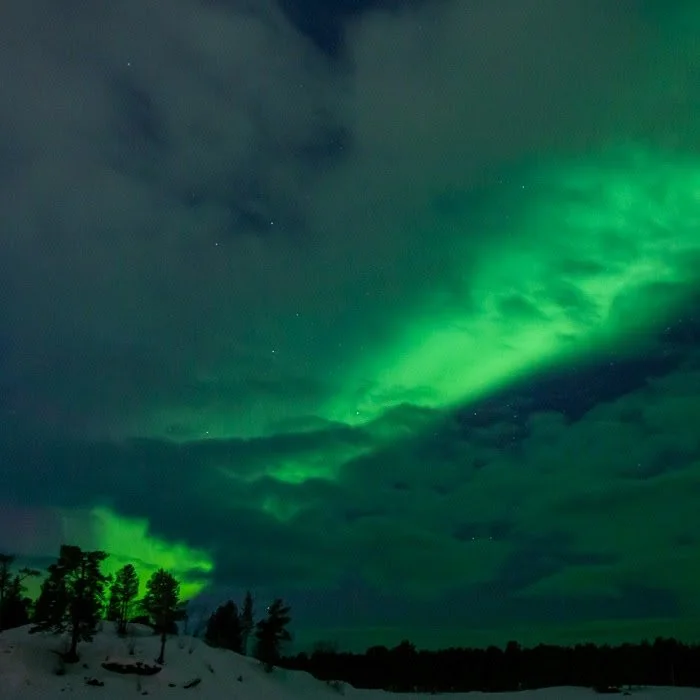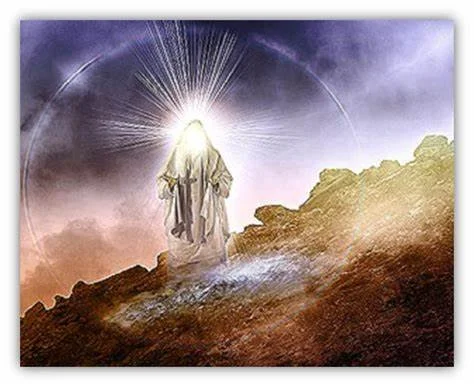The Dyer's Hand
…...my nature is subdued
to what it works in, like the dyer's hand.
Wm Shakespeare, Sonnet 131
Dear Friends,
Shakespeare was aware of the transformative power of immersion in an image. The dyer's hand starts to take on the color in which the dyer works his cloth; his very skin gets subdued, transformed, changed. In his sonnet 131, Shakespeare uses this as a metaphor for the way his moral nature is being worked on by the circumstances of a tempestuous love.
He does something similar in Ariel's famous song from the Tempest (Act 1, Scene ii):
Full fathom five thy father lies,
of his bones are corals made.
Those are pearls that were his eyes:
Nothing of him that doth fade,
but doth suffer a sea change
into something rich and strange.
Here it is the sea, rather than a vat of dye, that transmutes the person's nature (even if Ariel is being misleading about Ferdinand's father's drowning).
Elizabeth Bishop was also a believer in the process, and she praises a seal she meets at the water's edge in "At the Fishhouses." The seal is always in water as she is always singing hymns, so she hails him as "a believer, like myself, in total immersion." The poem is good for us in that the pines at the water's edge are referred to as Christmas trees, waiting for Christmas, and the water turns from something like ice to something like fire. We go from the cold and dark of the winter into (the promise, at least, of) light and welcome with the new year.
All this to say, we become what we behold and in which we immerse ourselves. Prisons produce recidivists. Small children become the ambient language. Scary movies jangle us; quiet scenes can leave us serene. It is up to us in adulthood to aim at a desired quality or image, and then to be receptive and self-permeate. So we can hold up an image of light and become re-arranged into light. Here is Paul in 2 Corinthians 3:18:
we all, with open face
beholding as in a glass the glory of the Lord,
are changed into the same image
from glory to glory,
even as by the Spirit of the Lord.
Today, still thinking of the Baal Shem Tov and his transformation into light as he reads the Torah, we will work together on our images of the human ideal and our ideals for what the earth might become.
Our central practice will be to steep ourselves in a bath of innocence, and then to be imprinted by light. This means allowing the light (our own image of the ideal human) to re-arrange us inwardly. Finally, we will offer the image of light, now burning in us, to the earth of which we are a part.
with love,
Michael
p.s.: During our meeting last week I mentioned a New York Times article with images and text from 193 countries, really all the earth, affected by climate change. Here is a link to "Postcards from a World on Fire."





